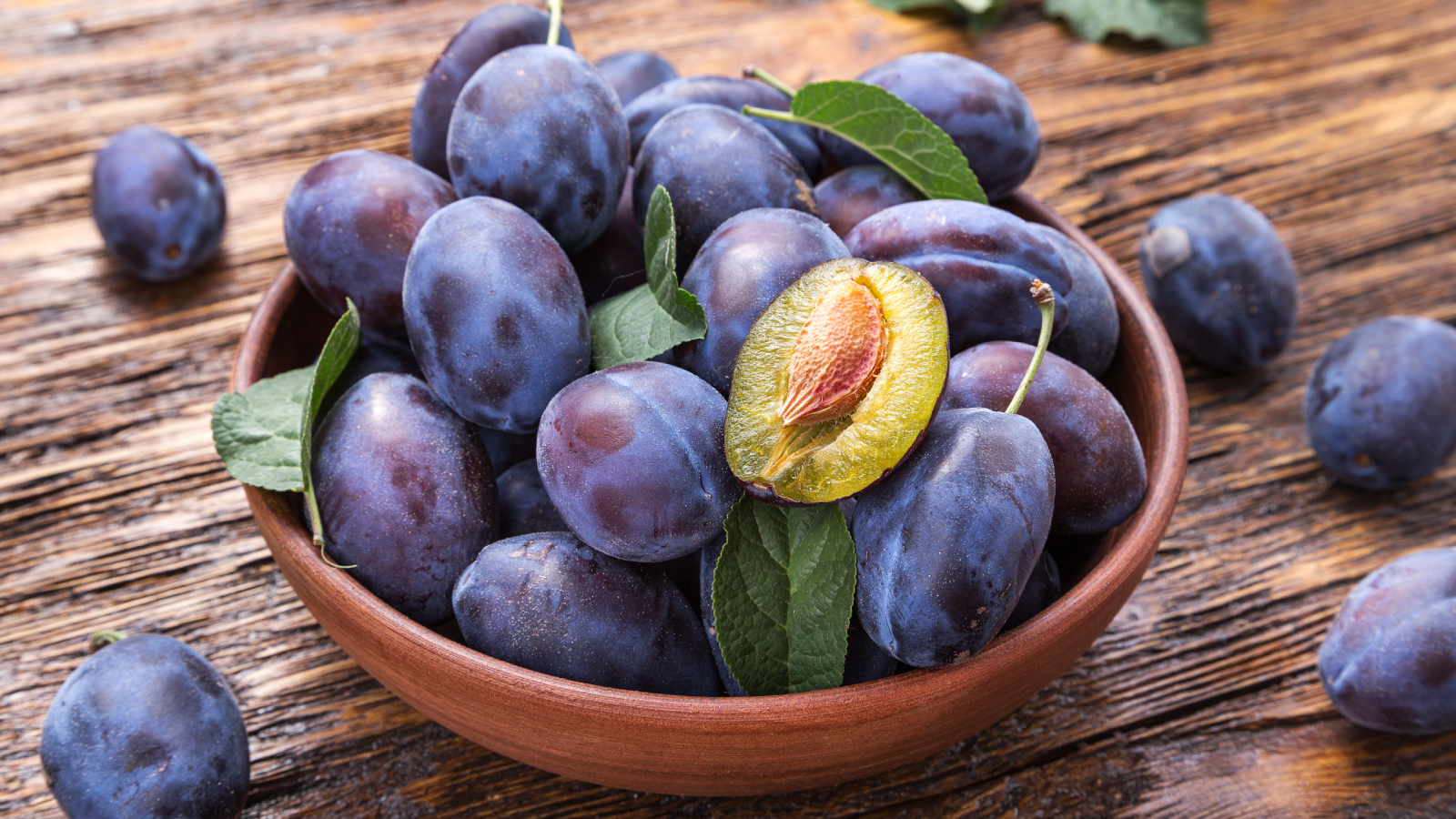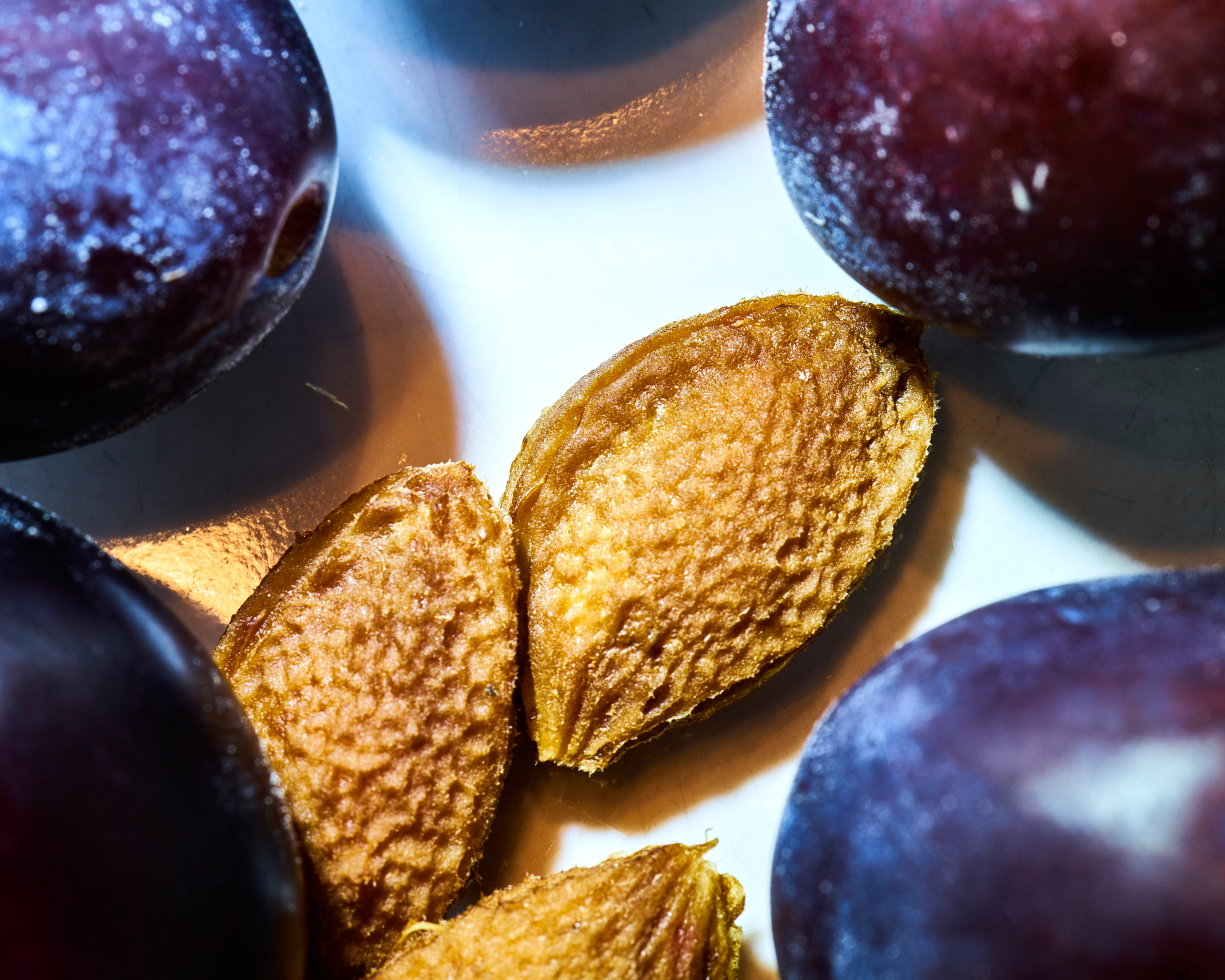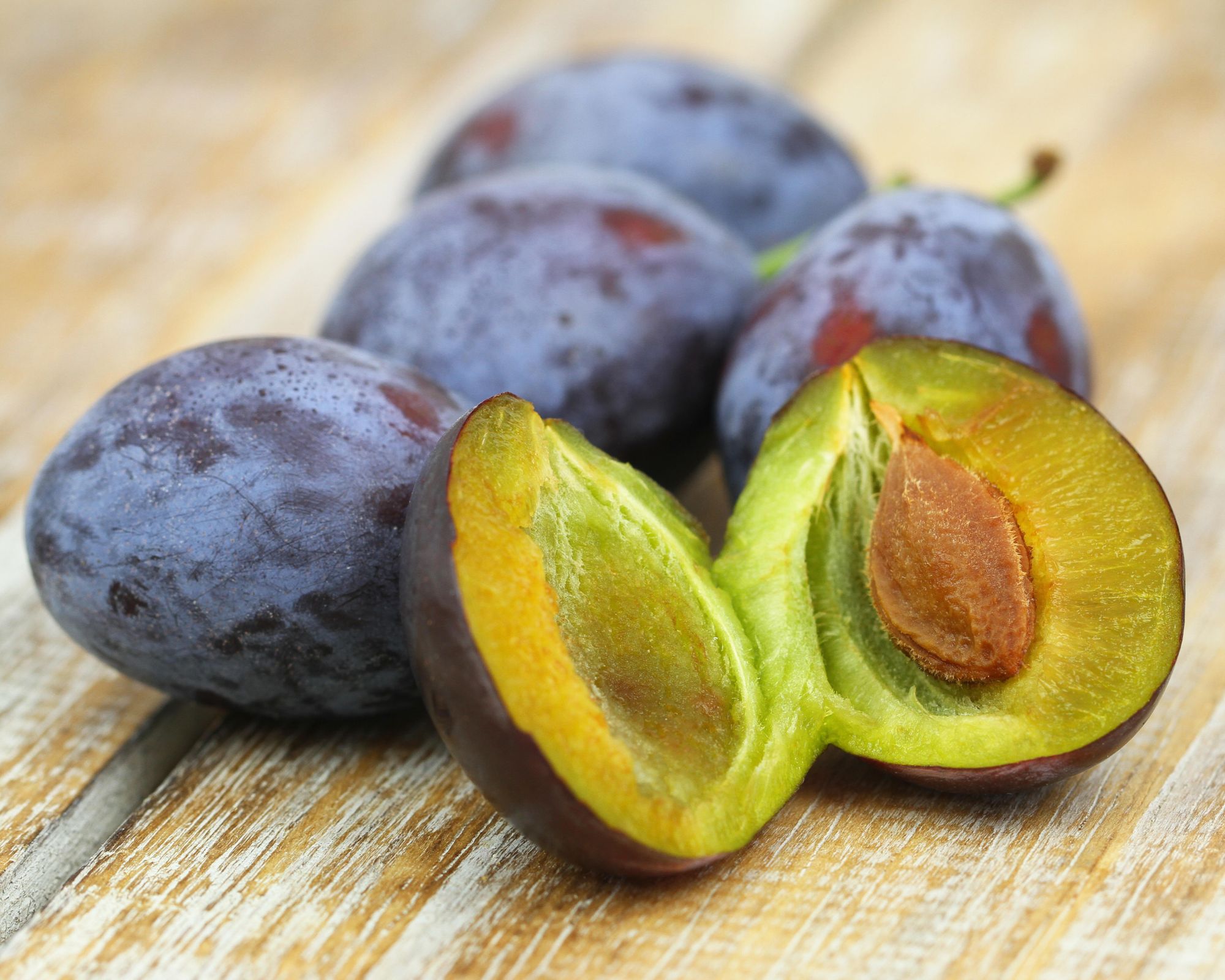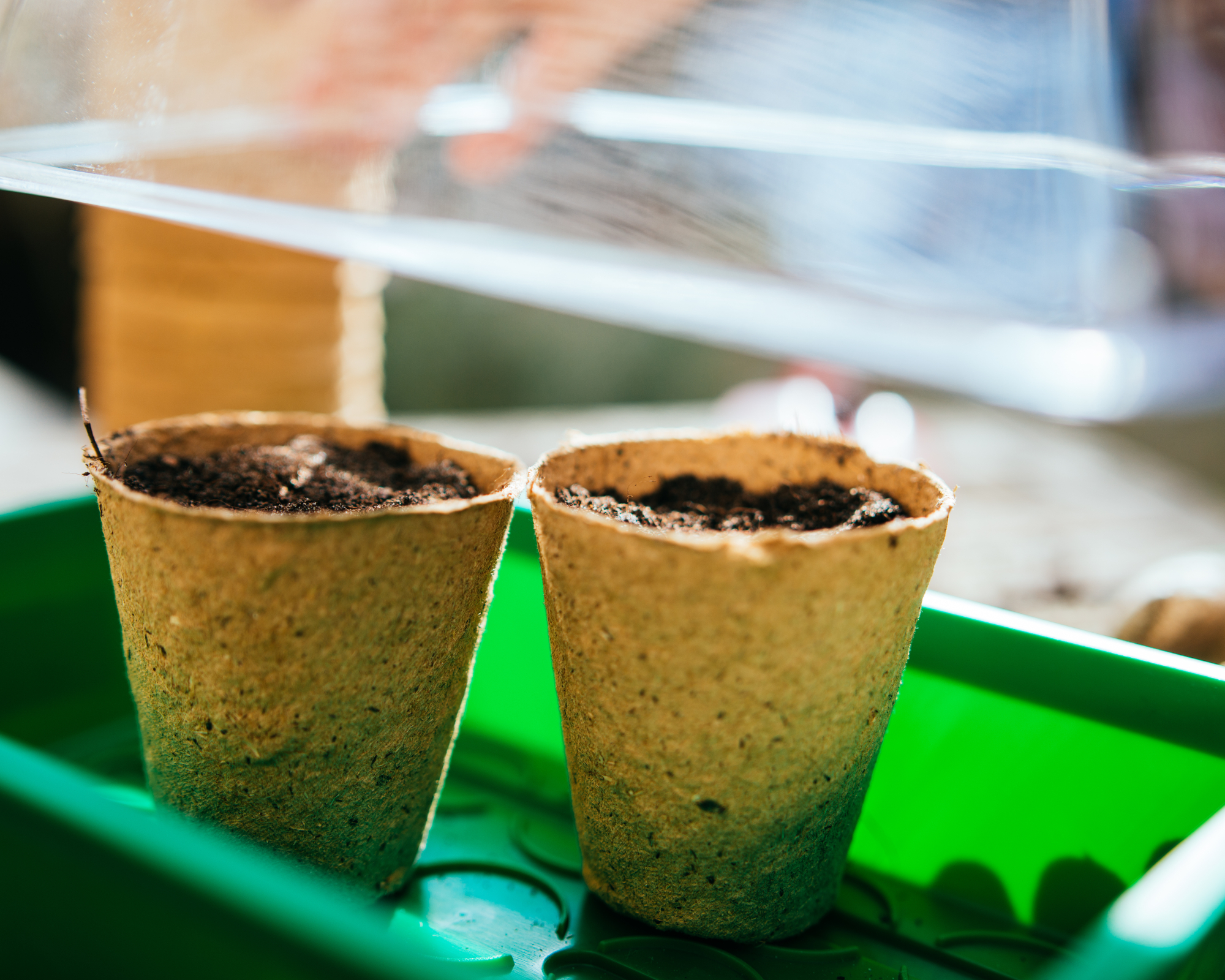How To Grow A Plum Seed Into A Tree Full Of Delicious Fruit
Learn how to plant plum seeds to grow your own plum tree. This simple guide outlines everything you need to know for success.

Have you ever finished a particularly succulent plum and wondered to yourself if you could grow a tree from the pit? The answer, should there be someone around to tell you, is that yes, you can grow a plum tree from a pit, sort of.
Harvesting plums and planting plum seeds, if nothing else, is a fun, diverting endeavor even the kids will enjoy. And it’s easy.
Let's explore how to prepare, germinate, and plant plum pits for the best chance of success. Follow a few simple steps to learn how to grow a plum tree from seed.
Can You Grow Plums From Seed?

Well, you can grow something from a plum pit but it likely won’t be like the parent tree, that is unless it is a wild plum. What you end up growing will be very different, in fact it may not fruit at all, the resulting fruit may be inedible or, miraculously be better than the plum you ate. Why?
Growing plum trees is no different than many other types of fruit trees. Often, fruit trees are propagated on rootstock. That is, they are propagated as a hybrid from two different trees that have been grafted together. The rootstock is the root system of the tree with part of the stem. The fruiting or flowering part of another tree (scion) is then grafted onto the rootstock.
Rootstock is selected for size, growth speed and conditions while the scion is chosen for the flavor, harvest time and other considerations of the fruit itself. The two combined produce a tree with the best traits of both.
The only way to get a plum seed to germinate and produce a plum true to the original, is to use a pit from a wild plum tree like the beach or sand plum. Or you can germinate a plum seed from fruit that has been grafted to create your own rootstock. Believe it or not, you can get live fruiting plum trees - like this highly rated Santa Rosa Plum Tree - from Amazon.
Sign up for the Gardening Know How newsletter today and receive a free copy of our e-book "How to Grow Delicious Tomatoes".
How to Prepare Plum Seeds

The first step is to select a large, healthy plum specimen then eat the fruit. The plum should be aromatic and give slightly when you squeeze it gently. You want a ripe plum. If you love the flavor, prepare the pit to be planted.
Ideally, prepare a few plum pits since not every seed will be viable. This will improve your odds of germinating a plum seed.
Remove as much of the flesh from the pit as possible. Then allow it to sit on a sunny window ledge for a few days. When it is quite dry, use a hammer or nutcracker to crack open the pit and reveal the seed. You can buy an affordable nutcracker from Amazon. Inside the pit will be a small almond-shaped seed. Discard the pit remains.
Check the seeds for viability by placing them in a container filled with water. Seeds that are viable will sink; if they float, they aren’t and should be discarded.
How to Germinate Plum Seeds
Place the viable seeds inside a fold of moist paper towel to germinate. Place the moist towel with the seeds inside a clear plastic bag. Push out any air from the bag while keeping it flat and then seal it.
Place the bag in the refrigerator at 40 F (4 C) to stratify it. Basically you are mimicking the natural process the seed would go through from fall to winter. Roots should begin to appear after 2-12 weeks. At first the roots will be small and white but will turn green as they grow.
Keep the paper towel moist by misting it with a basic mister, like this option from Amazon. If you spy mold growing on the paper towel, gently remove the seeds to a new, clean, moist paper towel and seal it up in the plastic bag again.
How to Plant a Plum Seed

Select a small container (4-6 inches or 10-15 cm across) with drainage holes, like these nursery pots from Amazon. Fill it with 5-6 inches (13-15 cm) of well-draining soil.
Plant the seed a couple of inches (5 cm) deep in the soil. Cover the seed lightly with soil and water.
Place the container inside in an area that receives at least 6 hours of sun per day.
Water when the top 2 inches (5 cm) of soil feels dry to the touch.
As the tree grows, plan on transplanting it to a larger container every 6-12 months.
When the tree is ready to plant outside, plant it in the spring. Be patient. Most plum trees will take 3-6 years of growth before they will fruit.
Frequently Asked Questions
Do You Have to Crack Plum Seeds Before Planting?
No, you don’t have to crack plum seeds before planting but your odds of germination go up if you do. In nature, the plum would fall from the tree and over time, the flesh rot, pit crack and then the seed would stratify over winter. As long as you replicate this process, you might be successful germinating from a plum pit, but you will be more successful if you remove the seed from the pit first. If you don’t remove the seed from the pit, soak the pit in water before planting it.
How Long Does It Take a Plum Tree to Produce Fruit From Seed?
A plum tree needs to grow for about 3-6 years before it will produce fruit.

Amy Grant has been gardening for 30 years and writing for 15. A professional chef and caterer, Amy's area of expertise is culinary gardening.
